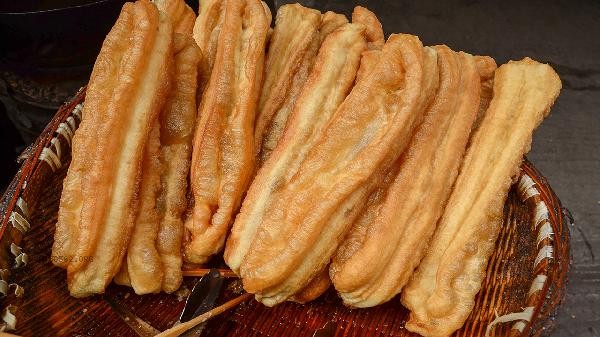If you forget to add salt to your hair noodles, you can usually fry deep-fried dough sticks, but the finished product may taste light and not fluffy enough. Salt mainly plays a role in regulating the fermentation rate, enhancing gluten elasticity, and seasoning during the dough making process. Lack of salt may lead to rapid fermentation or loose structure of the dough. When there is a lack of salt in the dough, yeast activity will be relatively enhanced, and the fermentation speed of the dough may be accelerated, which can easily lead to excessive internal pores. The high temperature during frying will make the outer skin of deep-fried dough sticks quickly shaped, but the lack of internal support may cause the deep-fried dough sticks to collapse or expand unevenly. At this point, the dough can be observed by extending the awakening time. If the dough is too soft, salt can be added appropriately and kneaded evenly before re awakening, or it can be fried directly and mixed with dipping sauce to make up for the taste. If the dough has fully fermented and cannot be remedied, frying should control the oil temperature slightly higher than the normal temperature and shorten the frying time to avoid excessive oil absorption. The deep-fried dough sticks made of salt deficient dough are more suitable for immediate frying and eating, and are easy to harden after cooling. For situations that require long-term storage, it is recommended to readjust the formula.

When making deep-fried dough sticks daily, it is recommended to add salt in strict proportion, usually 5-8 grams of salt per 500 grams of flour. If you find that you forgot to put salt, you can add it and knead it thoroughly before waking up for the first time. The deep-fried dough sticks with poor taste after frying can be cut into pieces to cook soup or re baked to avoid waste. When special groups such as hypertension patients eat low salt deep-fried dough sticks, they can be paired with foods rich in potassium such as soybean milk to help balance sodium and potassium.










Comments (0)
Leave a Comment
No comments yet
Be the first to share your thoughts!